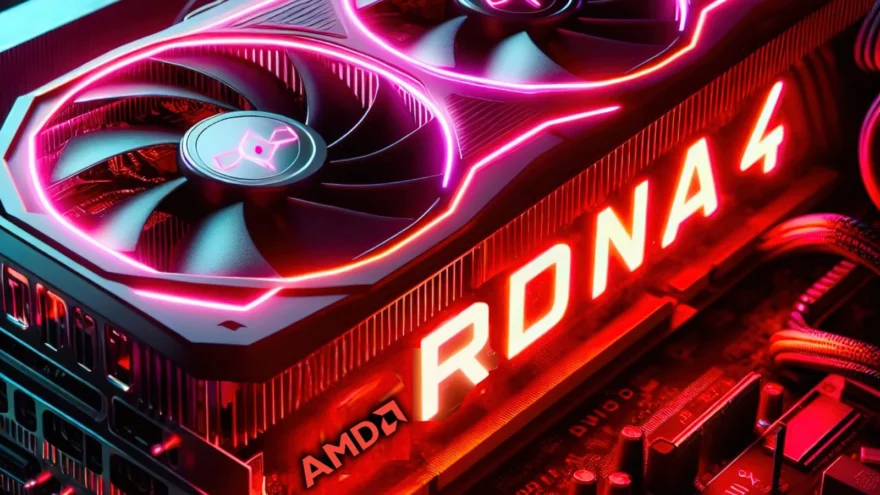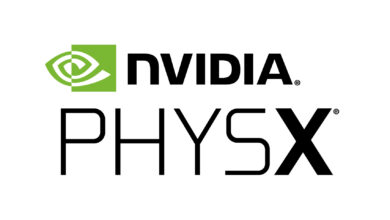AMD Focuses RDNA 4 on Desktop GPUs with Plans for Future Mobile and APU Integration

AMD has officially announced that its RDNA 4 graphics architecture will debut with desktop graphics cards, marking a targeted approach to compete with NVIDIA. In an interview with Notebookcheck, Ben Conard, Director of Product Management for AMD’s Premium Clients, outlined the company’s strategy while leaving the door open for future expansion into the mobile and APU segments.
RDNA 4 Focused on the Desktop Market

The first RDNA 4 GPUs will launch in the desktop market as part of the Radeon RX 9000 series, which will include models like the RX 9070 and RX 9060. These cards are designed to compete directly with NVIDIA’s RTX 4070/5070 and RTX 4060/5060 series, promising better value for money. AMD recently delayed the launch of its new GPUs to further optimize the software stack and, according to reports, to adjust pricing more aggressively against competitors.
Ben Conard confirmed that AMD’s current focus is on the desktop market, but also hinted that RDNA 4 could eventually be integrated into mobile products, including discrete GPUs for laptops and APU systems.
Future Applications in Mobile and AI Markets
Although there is no confirmed roadmap for mobile applications, Conard indicated that RDNA 4 might be introduced later in laptops and APUs. Currently, RDNA 3.5 architecture is limited to integrated chips like the Ryzen AI 300 and Ryzen AI Max. However, future updates could see RDNA 4 technology implemented in mobile processors, expanding AMD’s options to compete with NVIDIA in the laptop market as well.
Another notable development mentioned by Conard involves AMD’s long-term project to unify its RDNA and CDNA architectures under a single platform. This unified architecture is intended to address the growing demands of machine learning and artificial intelligence, rapidly evolving sectors that represent the future of the semiconductor market.
Conard expressed enthusiasm about this convergence, stating that merging RDNA and CDNA would allow AMD to better meet AI market needs, following a direction that NVIDIA has already taken with its Blackwell series.








